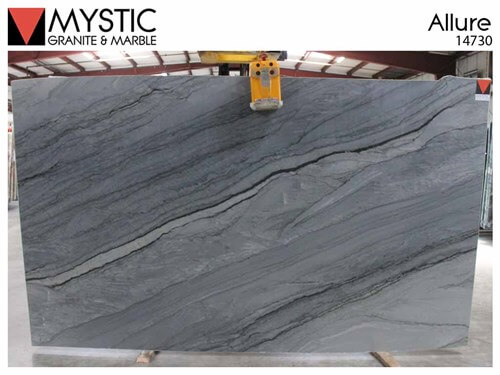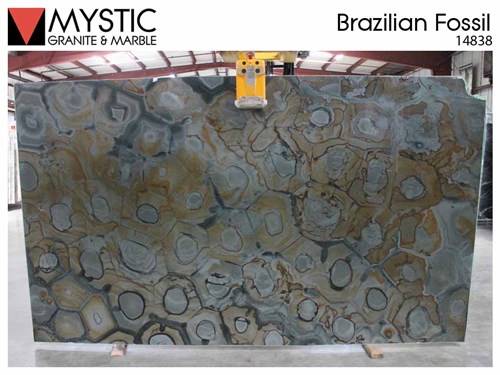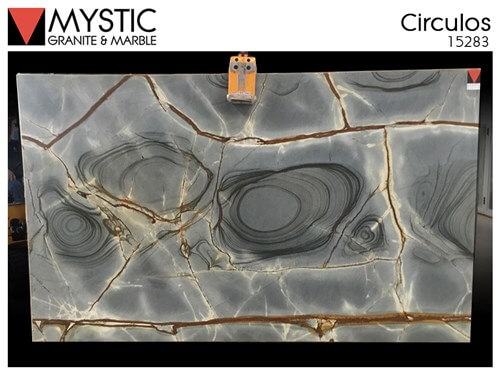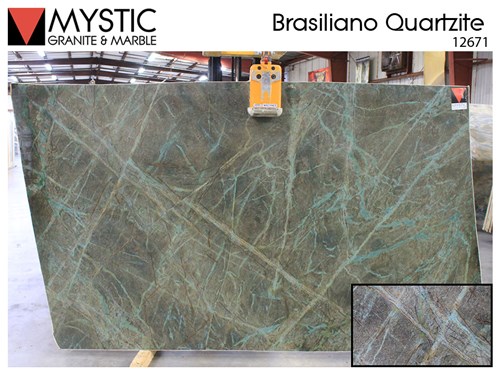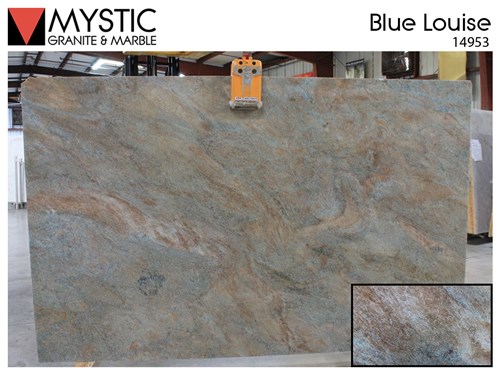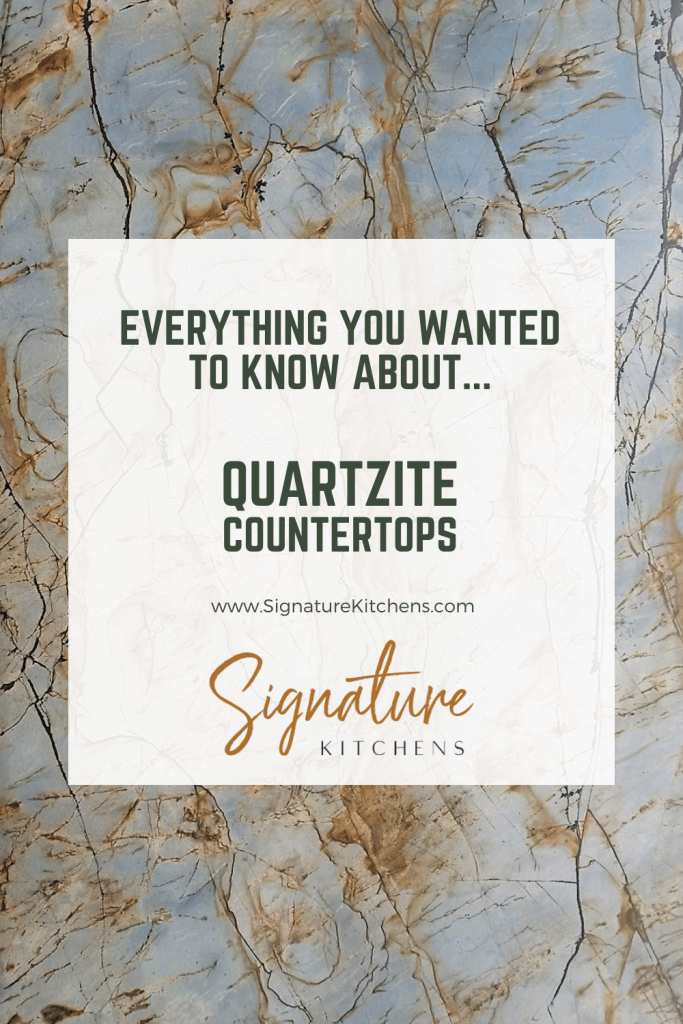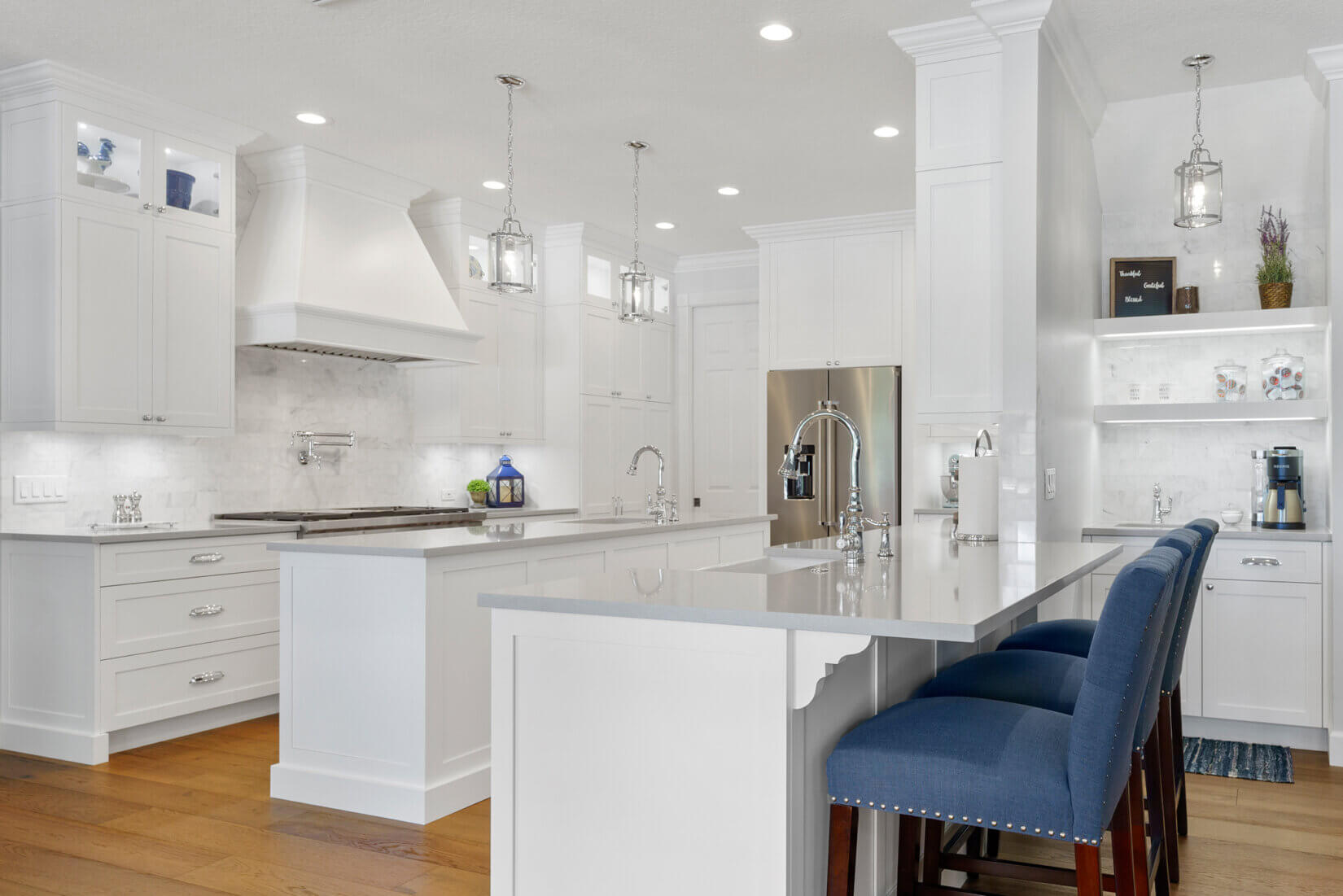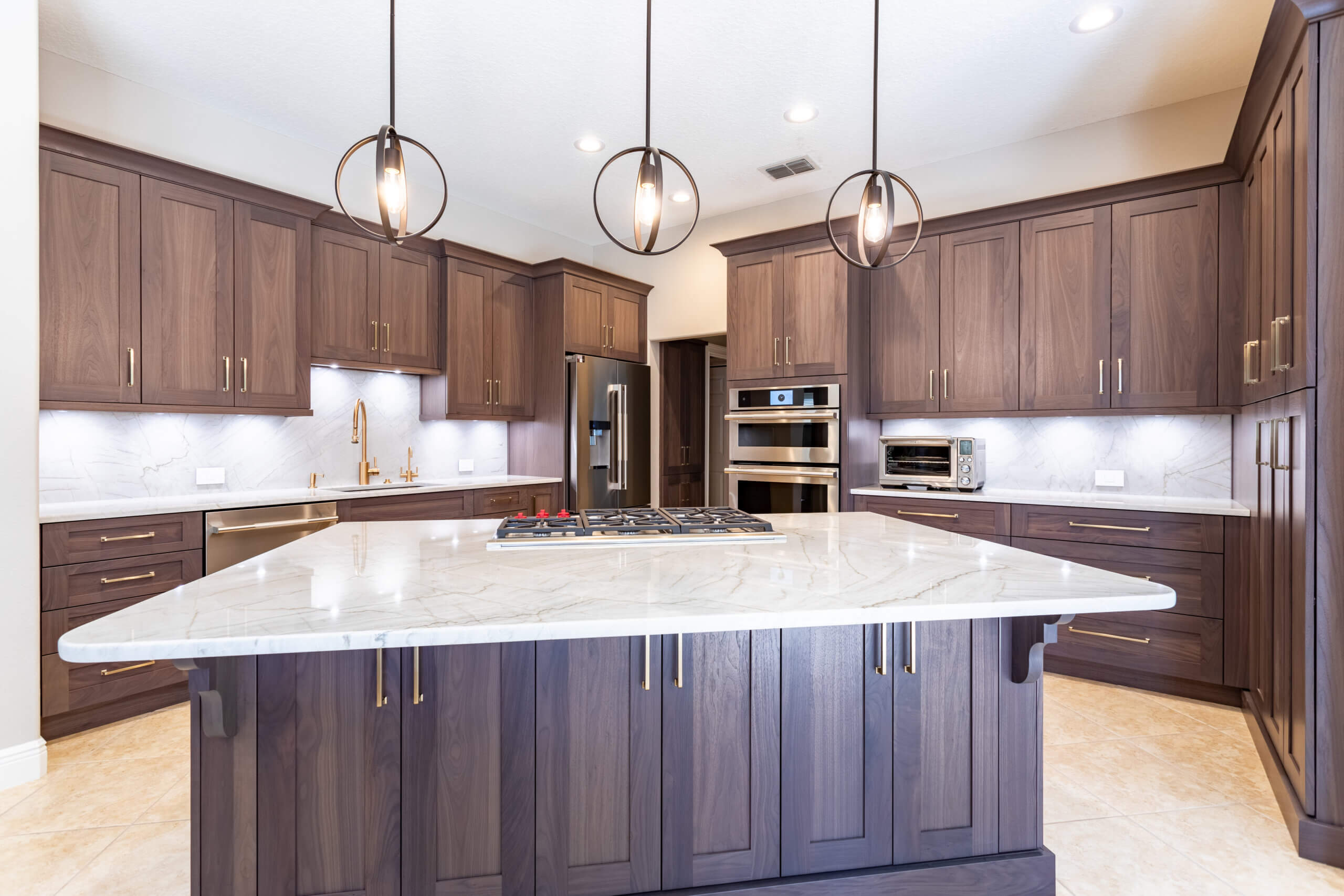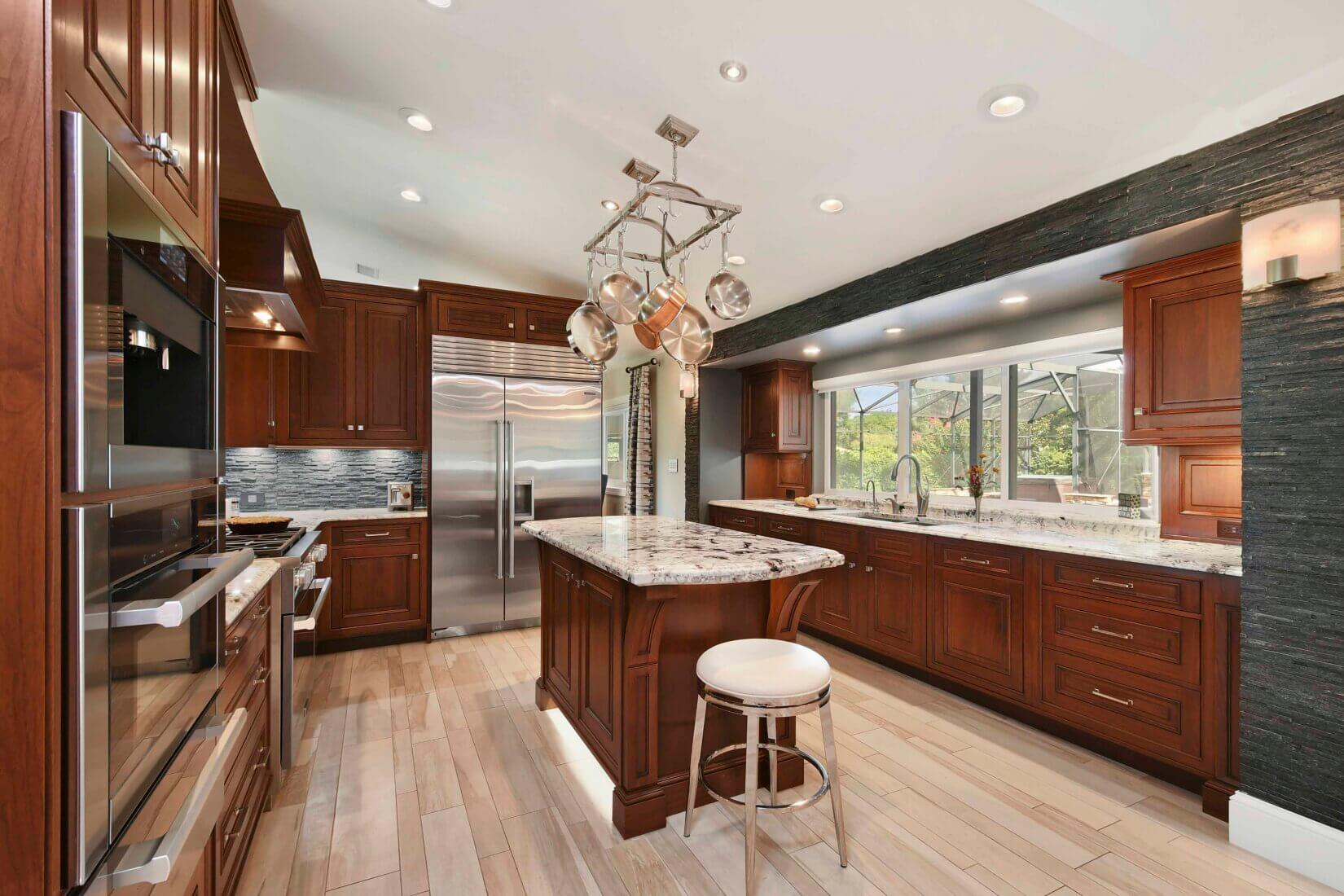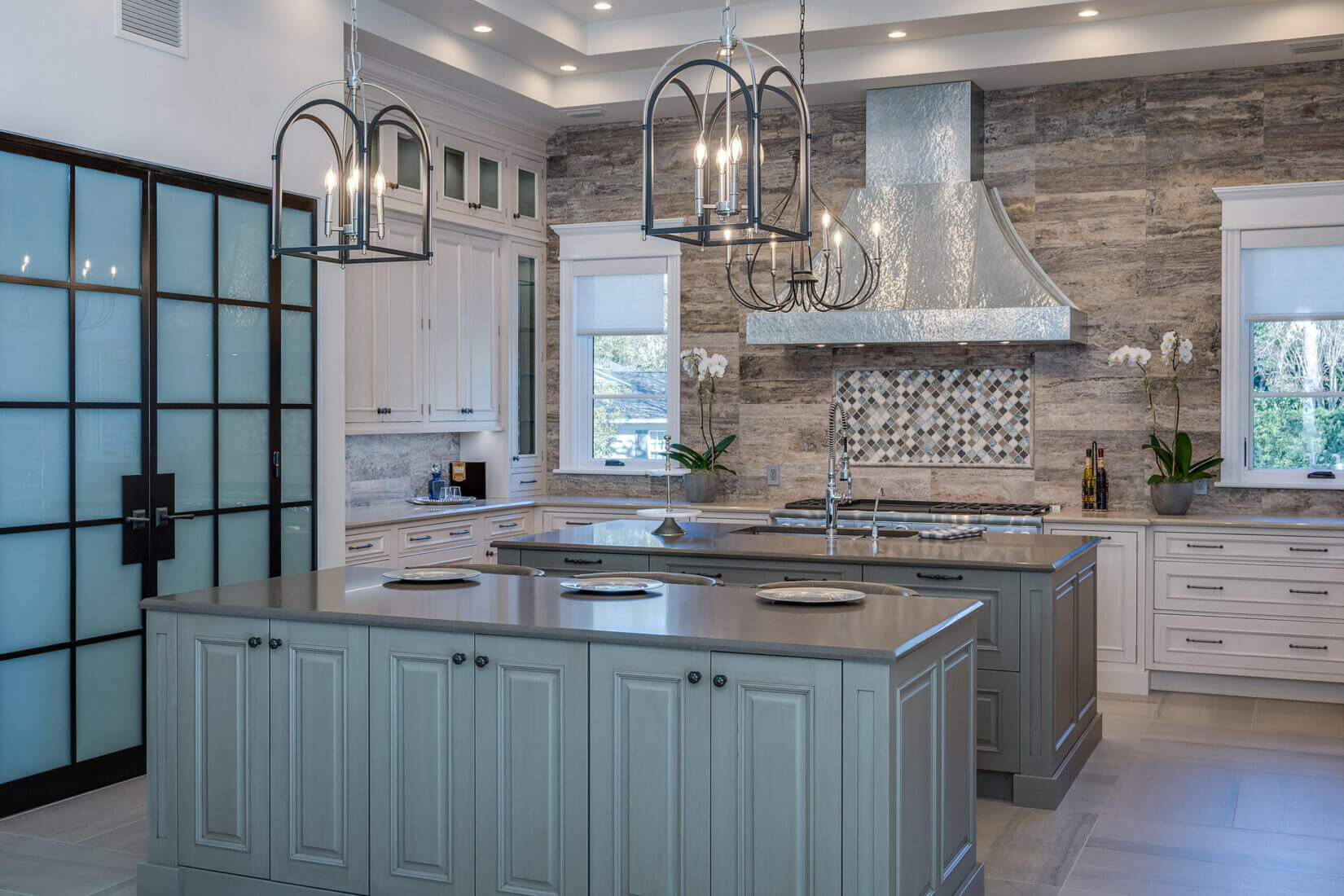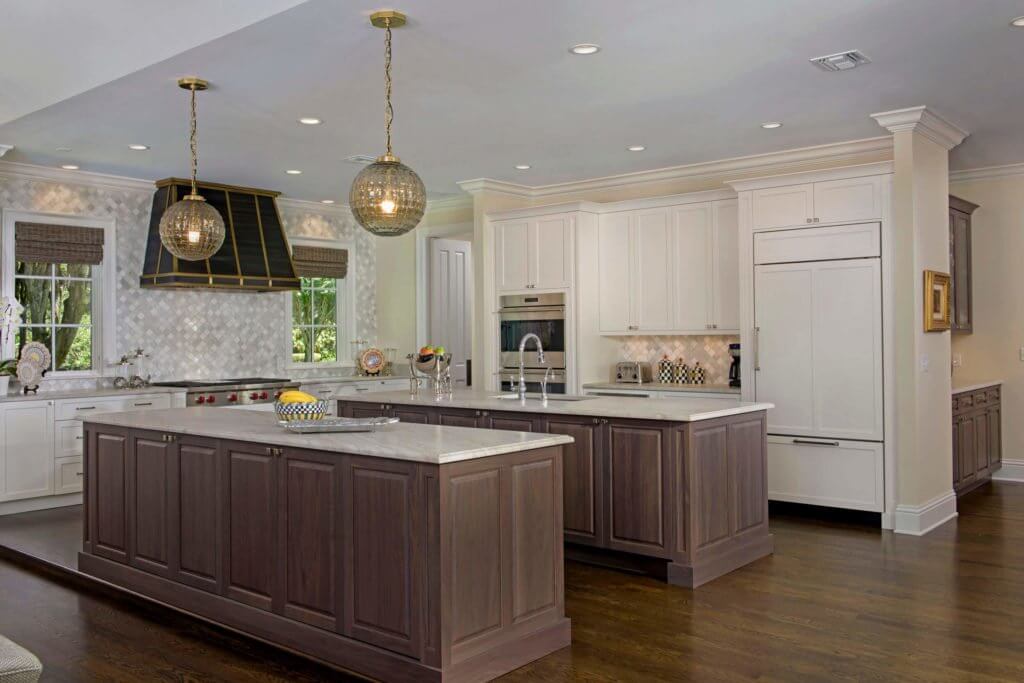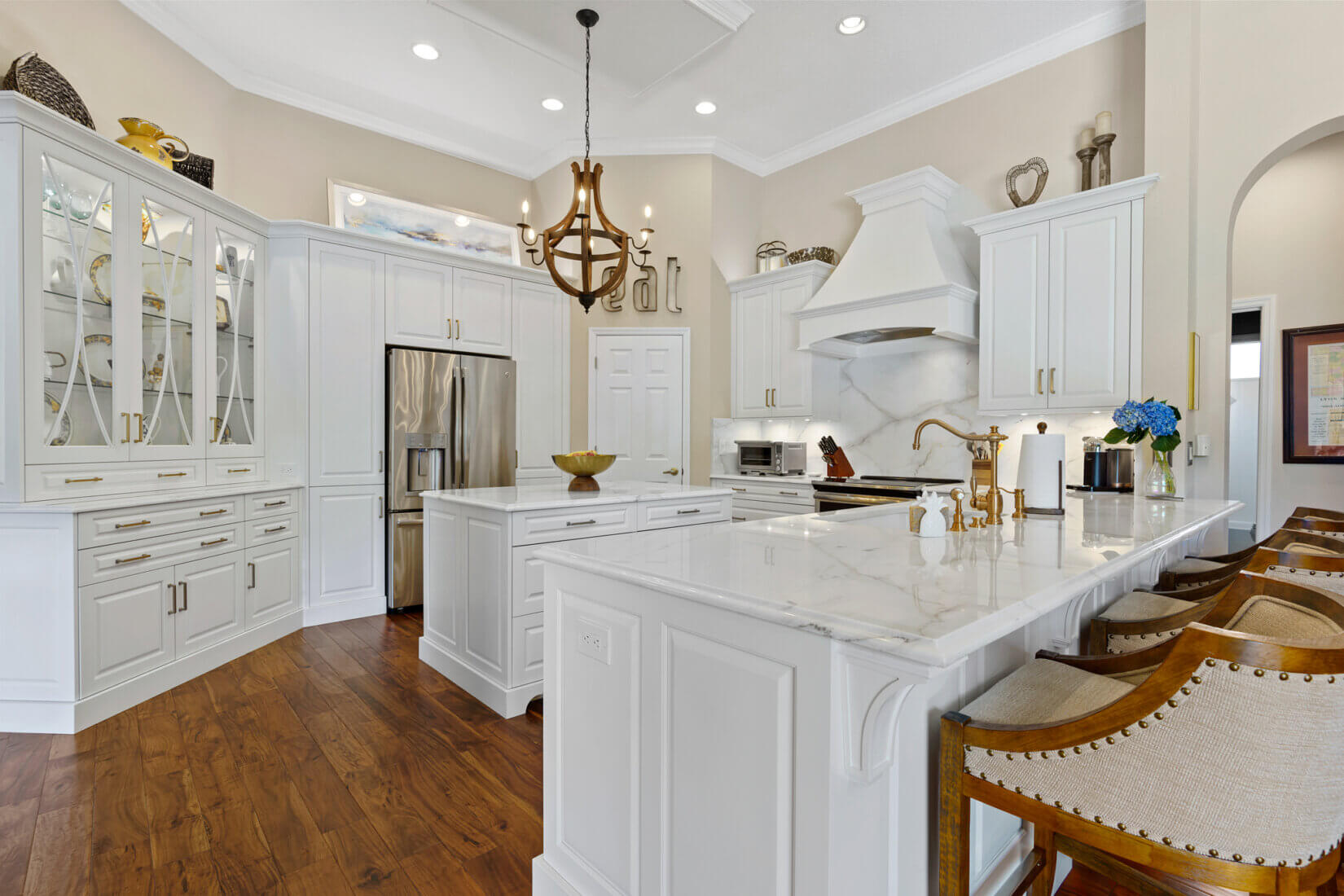How Much Do Quartzite Countertops Cost?
Quartzite countertops are one of the more expensive options in the spectrum of natural stone with prices ranging from $90 to $150 per square foot for a good slab. The premium price is driven by a number of factors including the scarcity of suitable product and the difficulty in processing it.
The mining process of quartzite yields far less usable stone blocks than other materials, for every good block that is carved out of the quarry for which slabs may then be made they must discard two or often three blocks because of fissures and cracks.
The actual processing time takes longer due to the materials hardness. It just takes longer to cut the material and becuase of its hardness goes through more diamond blades than other materials, further adding to its cost.
Not only does it take longer to extract the stone from the quarry but it also takes upwards of 5 times as long for countertop fabricators to cut the material to size. Unlike other materials you can’t make a single pass to cut the material, it often takes 3-5 passes to make the necessary cuts. Polishing the edges and creating the edge profiles also take significantly longer than with other softer materials.
The factors of supply and demand also contribute to the high cost as its popularity has grown in recent years.
The Strength of Quartzite
Hardness is one of the other principal factors to consider when choosing a countertop material due to the simple fact that you expect to actually place heavy items on your counter, so a material that tends to break, chip, or gets damaged easily from heavy objects being placed upon it is a cause for concern.
Quartzite is one of the hardest countertop materials of all with a Moh scale of mineral hardness ranking of 7. For the sake of context, a ranking of 1 implies that a material is extremely soft while that of a 10 explicates that a material is extremely hard.
Quartzite is much harder than granite for example which has a Moh ranking of 6 to 6.5. Quartzite, in fact, owes much of its popularity to the fact that it is a much harder material than granite which is a quality that many homeowners find to be worth its premium cost.
How Easily Can A Quartzite Countertop be Damaged?
Although quartzite is an extremely hard material, it is certainly not beyond being destroyed or damaged by either excessive force or exposure to inappropriate substances and chemicals. Quartzite can be physically damaged or chipped if exposed to excessive force such as a power tool or industrial equipment. Regular kitchen appliances and utensils will not cause any real damage, so it is relatively unlikely that your quartzite countertop will experience physical damage easily through exposure to force, but it does have certain other weaknesses.
Specifically, since quartzite is a very porous material, which means that once it comes into contact with liquids it will seep into its surface and cause damages or stains and are not easily removed, a quartzite countertop will require sealing. This also means that if you spill any liquid on your countertop, it should be cleaned up immediately.
Quartzite has an additional weakness to sharp objects such as knives, so it is important to always use a cutting board upon a quartzite countertop to avoid leaving any marks.
As long as it is properly sealed annually, a quartzite countertop will suffer minimal damages through scratches or stains. So, overall, it can be seen that quartzite is much more durable than marble, for example, however, it is far less durable than quartz which is a completely non-porous material and does not require re-sealing.
How Temperature Resistant are Quartzite Countertops?
Your kitchen will inevitably be a room that will experience high temperatures since all cooking processes involve the use of high temperatures. This makes temperature resistance one of the keep qualities that you will want to have in your countertop
Thankfully, quartzite is one of the most temperature resistant of all countertop materials due to being a rock produced through metamorphosis. Unlike, quartz which can be very easily damaged when exposed to high temperatures due to the presence of resin, quartzite can safely withstand hot pots and pans. You can safely place hot pots and pans upon your quartzite countertop without having to worry about damages being inflicted. This is considered one of the chief advantages of quartzite as many other materials tend to be very easily damaged if hot pans are placed upon them.
If temperature resistance is a very important concern for you, and you’re not fond of using trivets, this is one more reason why you should consider opting for quartzite for your kitchen. Quartz in contrast, for example, is a material upon which it is unsafe to place hot pots or pans without the use of trivets which is an often-cited reason why people prefer quartzite to quartz.
Quartzite Countertop Maintenance
With respect to overall maintenance costs, quartzite tends to be less expensive and technical to maintain than some materials such as marble, but it also requires a far higher maintenance cost than quartz for example. This is due to the fact that quartzite is a porous material that needs to be re-sealed annually or semi-annually while quartz is a completely non-porous material that does not require any re-sealing.
With respect to cleaning, due to its aforementioned porous nature quartzite cannot be cleaned using common household cleaning products such as ammonia, vinegar, bleach, ammonia, or Windex as they all have abrasive properties and will cause damage to the quartzite’s surface.
Quartzite should be cleaned using only a damp cloth and water. Spills should be cleaned immediately after being made and certain quartzite-specific cleaners can also be purchase. Overall, quartzite is a relatively low maintenance product that does not require extensive investments in maintenance.
The Pros of Using Quartzite
Natural Beauty
Quartzite is a very naturally beautiful looking material that tends to come in a diverse variety of colors and designs that make it especially versatile for use in diverse instances. Quartzite is often remarked for especially similar looking to marble which makes it a great alternative for people who do not like the high maintenance nature of marble.
Natural Product
In an era where synthetic materials are becoming increasingly more common, using quartzite can really make your kitchen stand-out and provide some uniqueness to it.
Durability
Quartzite is an extremely durable material that is not easily damaged by either high temperatures or heavy objects making it extremely practical for use in a kitchen.
Relatively Low Maintenance
Apart from the fact that quartzite needs to be re-sealed annually and has a weakness to liquids, especially from high and low-ph chemicals such as ammonia, bleach, Windex, and vinegar, it is a relatively low-maintenance option.
UV Resistant
Since quartzite is highly resistant to UV rays, its color will not fade away over time, and it can be used for outdoor settings as well. This is one of the most unique features of quartzite and makes it especially useful for outdoor uses.
The Cons of Using Quartzite
Expensive
Quartzite is not a budget-friendly material and popular colors such as white and grey being especially expensive.
Porous
Quartz is a porous material so it is very vulnerable to stains and liquid penetration can cause a lot of damage. This means it is absolutely necessary to clean up any spills upon the countertop.
Requires Re-Sealing
Since it is a very porous material, quartzite needs to be re-sealed annually which constitutes a cost that is not incurred from using alternative materials such as quartz.
Limited Color Choices
Since quartzite is an entirely natural material, it does not have the same diversity of color that other materials such as quartz are available in. While the limited nature of color options is an issue for many, it can still be argued that the diversity of designs is sufficient to compensate for the lack of color diversity.
Weakness to Sharp Objects
Quartzite can be easily scratched with sharp objects such as knives, so it is necessary to use cutting boards while cutting on the countertop.

